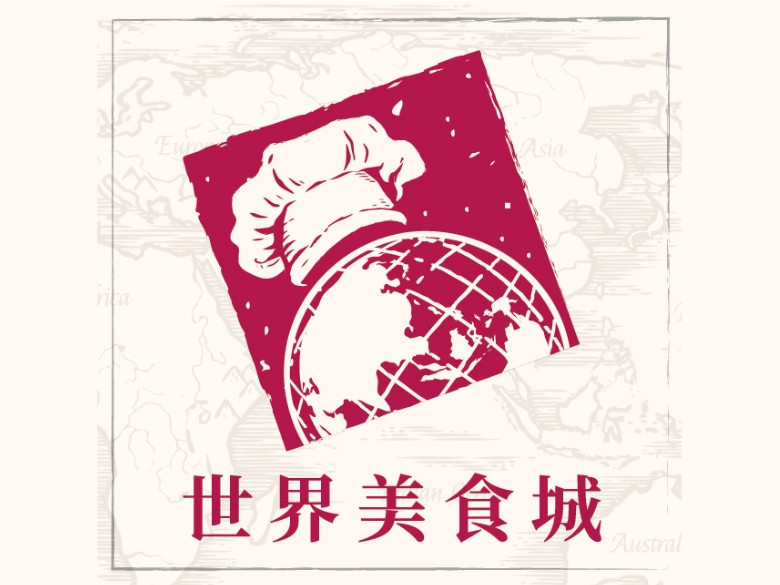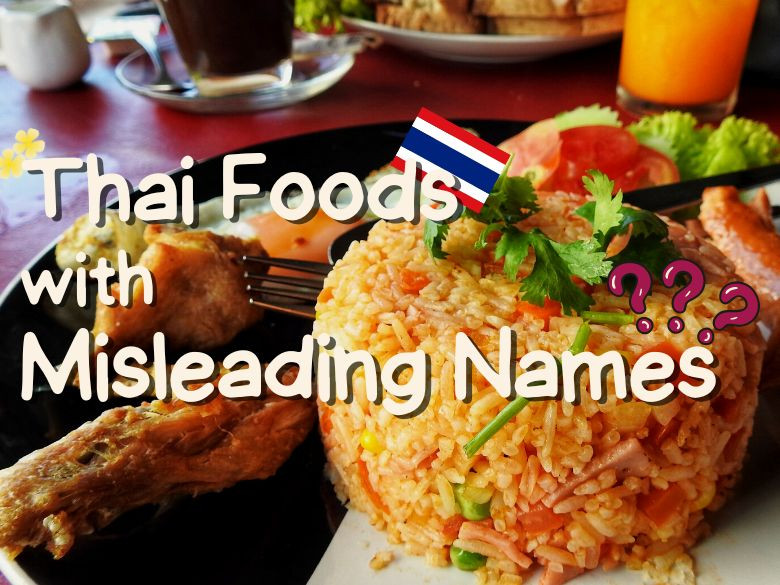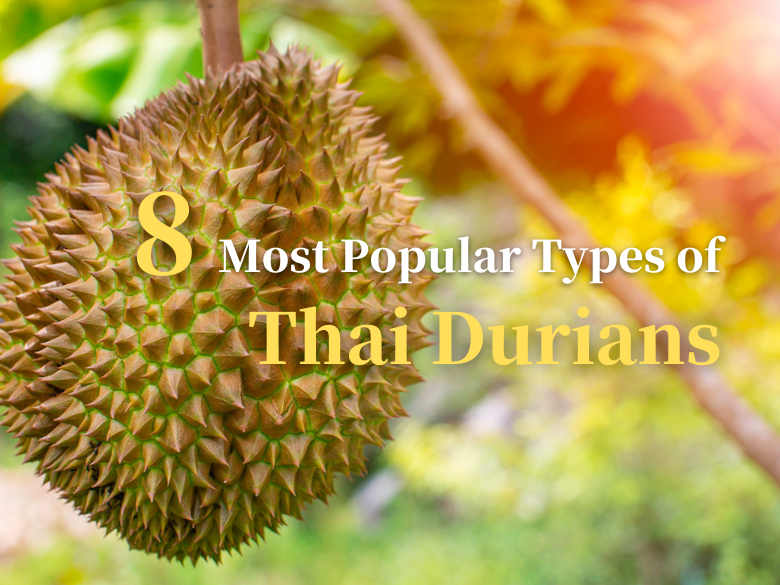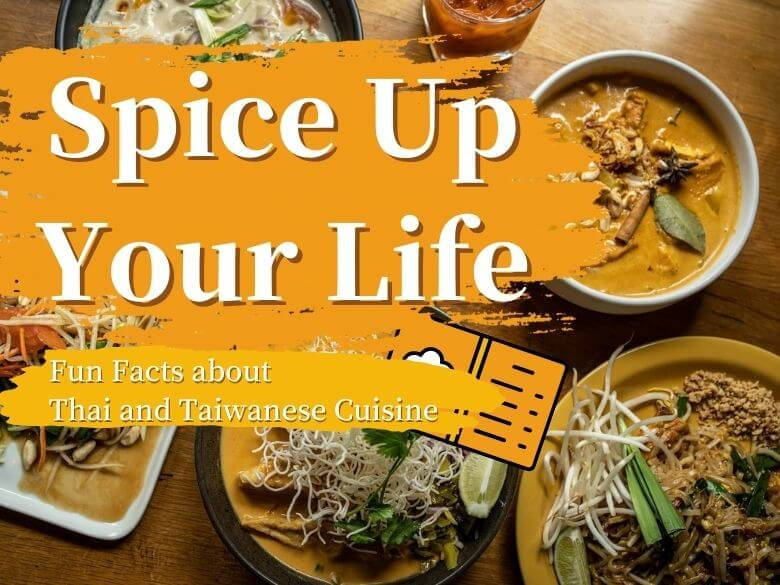How Thailand's Traditional Dessert Became a Global Sensation in 2022
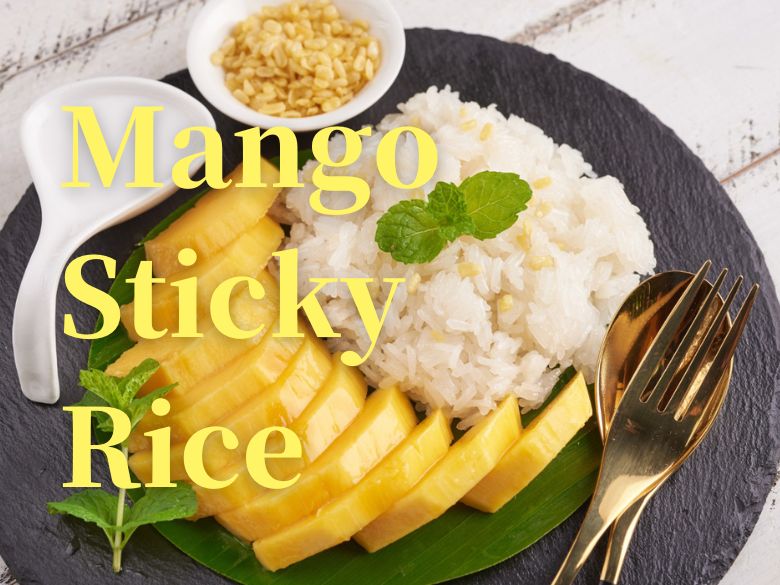
When it comes to traveling to Thailand, food is always a topic that everyone can't avoid. When you visit Thailand, what local delicacies will you try? Will it be the kra pao pork rice, tom yum soup, or mango sticky rice (Khao Neow Ma Muang; ข้าวเหนียวมะม่วง) which once caused a global sensation in 2022?
In mid-April of 2022, a Thai singer drew international attention to this traditional Thai dessert by eating mango sticky rice during her performance. It goes without saying that there are long queues at mango sticky rice shops in Thailand, and even food delivery platforms have received a large number of orders. This trend has also sparked a wave of cultural recognition in Thailand, with both the government and its people focusing on the country's long-hidden and potential soft power. Today, let's talk about the recently popular traditional dessert, mango sticky rice.
Mango Sticky Rice Mania: Thai Rapper's Performance at Music Festival Sets Off Global Trend
The trend of mango sticky rice originated from this year's (2022) Coachella Valley Music and Arts Festival. The festival started in 1999 and is the biggest music and art event in California, the USA. It was canceled in 2020 and 2021 due to the pandemic, but it finally returned in 2022.
The source of the trend is the Thai rapper, Danupha "Milli" Khanatheerakul (มิลลิ ดนุภา คณาธีรกุล), who was invited to perform at this year's Coachella Valley Music and Arts Festival. Known for her spicy lyrics, she is dedicated to breaking the global stereotypes about Thailand through her performances. During one of her shows, Milli ate mango sticky rice publicly, and later posted on her Instagram: "Who wants some mango and sticky rice?"
 Mili during her performance in Coachella Valley Music and Art Festival (image source: Instagram)
Mili during her performance in Coachella Valley Music and Art Festival (image source: Instagram)
This action caused an international sensation. Since April 16th, the popularity of mango sticky rice has skyrocketed. Especially in Thailand, mango sticky rice has become a hot commodity, with many popular local stores having long queues and food delivery platforms experiencing a surge in orders. Recipes for mango sticky rice have also emerged one after another. On Twitter in Thailand, #MangoStickyRice once became the top keyword.
Mango Sticky Rice: A Sweet Staple in Thai Cuisine and Culture
After all that talking, what exactly is mango sticky rice as a dessert? Even if you can guess what it might look like just from the name, there are still some details regarding the ingredients and ways to eat. Here, I will introduce to you what this iconic dessert is, and its variations.
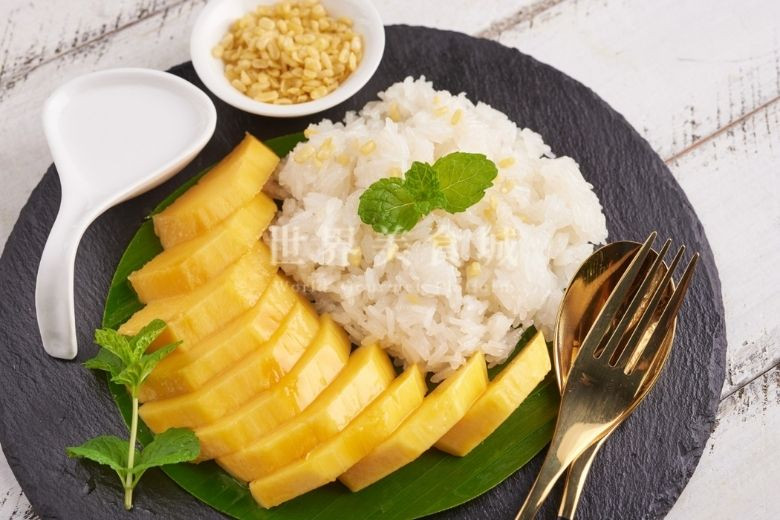
A Look at the History of Thailand's Beloved Dessert
The exact origin of mango sticky rice remains unknown, but it is known that it has been a part of Thai people’s daily life since the Ayutthaya period (1351-1767 AD). Later during the reign of King Rama V (1868-1910 AD), mango sticky rice was included in the Thai recipe book. The common way to make Mango Sticky Rice today is to steam glutinous rice with coconut milk, salt, and sugar (some versions use pandan leaves or butterfly pea flowers for coloring). The rice is served with fresh mango, drizzled with sweet coconut milk, and topped with crispy skinned mung beans. This simple and delicious dessert is loved by both locals and foreign visitors.
Sidebar though, here’s a little tip regarding mango sticky rice: if you pursue mango sticky rice in the best quality, it is recommended to eat it between April and June, as this is the mango season when you can enjoy the freshest, sweetest, and juiciest mangoes.
Currently, mango sticky rice is regarded as a Thai dessert. However, if we trace its origin, we will find that, compared to local desserts, mango sticky rice is more like a combination of localized exotic ingredients. Mangoes originally grew in South Asia and Myanmar; glutinous rice dishes originated from the Isan region of Northeastern Thailand and Laos. As a result, glutinous rice dishes are also very common in Laos.
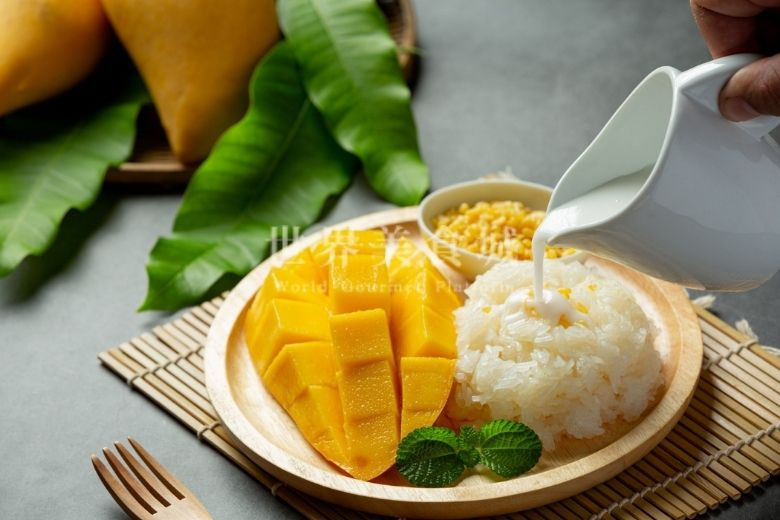
Exploring the Different Flavors of Sticky Rice Desserts
Sticky rice has always been popular in Southeast Asian desserts; therefore, creative Thai cuisine naturally wouldn't miss out on this great ingredient. Thai sticky rice has now developed multiple ways of eating it. For example, besides being paired with mango, sticky rice can also be paired with another common tropical fruit to make a dessert: durian sticky rice (Khao Neow Tu Rean; ข้าวเหนียวทุเรียน). The originally soft and dense durian flesh is a perfect match with sticky rice. Additionally, there is also lychee sticky rice (Khao Neow Piak Lumyai; ข้าวเหนียวเปียกลำไย), where sticky rice is cooked with sugar and pandan leaves, boiled with lychee, and served with coconut milk.
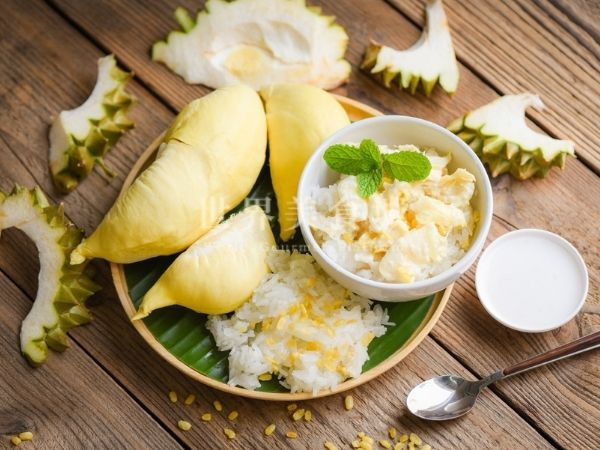
Durian sticky rice
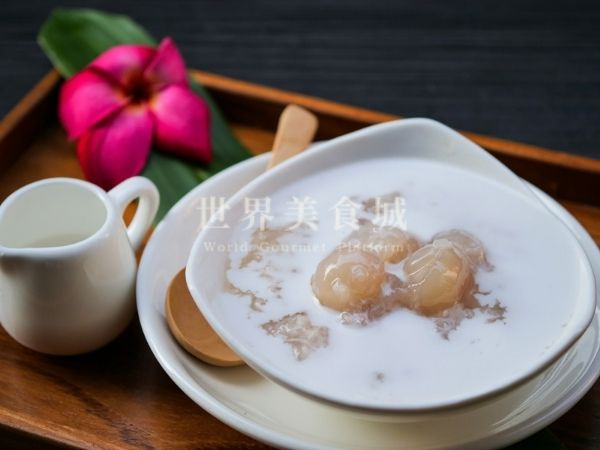
Lychee sticky rice
Sticky rice is not limited to just being paired with fruit. When you see a mango sticky rice stand, there is usually another dessert being sold beside it called “custard pudding” sticky rice (Khao Neow Sung Ka Yar; ข้าวเหนียวสังขยา). This dessert consists of a small amount of sticky rice topped with a slice of silky smooth custard, wrapped in a banana leaf for convenient eating on the go.
There is even a combination that incorporates seafood into dessert! Shrimp sticky rice (Khao Neow Nar Goong; ข้าวเหนียวมูนหน้ากุ้ง) is made by stir-frying minced shrimp with spices and serving it with sticky rice. People who are adventurous enough can give it a try!
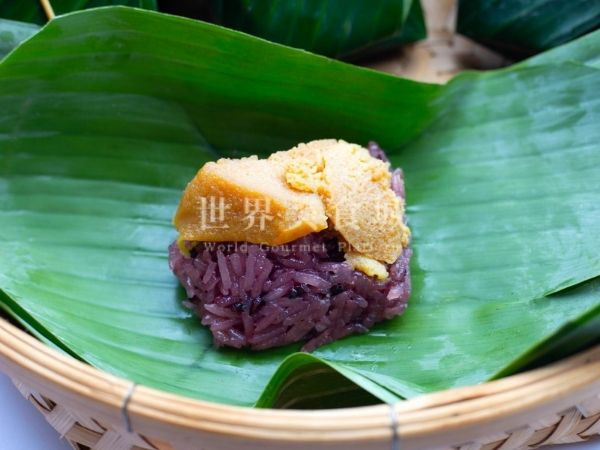
Custard pudding sticky rice
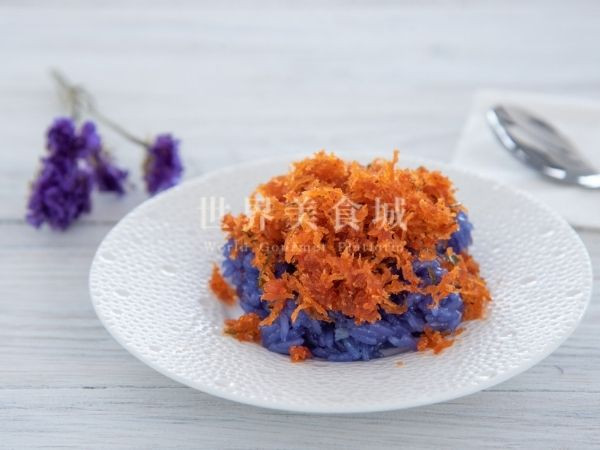
Shrimp sticky rice
Of course, there’s no end to Thai people's creativity. They have also developed dried fish sticky rice (Khao Neow Nar Pla; ข้าวเหนียวมูนหน้าปลาแห้ง), bamboo sticky rice (Khao Lam; ข้าวหลาม), and even turned sticky rice into crispy rice crackers (Khanom Nang Led; ขนมนางเล็ด). The creativity of sticky rice snacks is endless and you will discover more during your journey in Thailand.
How Mango Sticky Rice is Fostering a New Appreciation for Thai Culture
Milli's performance has once again sparked a trend in Thai culture. Previously, there was also a trend caused by a South Korean idol group BLACKPINK's Thai member Lisa, who released a single in 2021 of her wearing traditional Thai clothing and dancing in the Phanom Rung Historical Park (อุทยานประวัติศาสตร์พนมรุ้ง) in northeastern Thailand. This drove many people to pay attention to Thai traditional culture.
Since mango sticky rice became popular, the price of mangoes has skyrocketed, and sales of both mangoes and glutinous rice have grown exponentially. The great increase in consumer demand is naturally good news for the government. The Department of International Trade Promotion (DITP) stated that in response to this trend, the government has begun to prepare online and offline promotional activities to encourage Thailand's unique food and lifestyle culture internationally, and to leverage Thailand's soft power. In addition, the Department of Cultural Promotion has also stated that they will apply for mango sticky rice to be recognized as a UNESCO Intangible Cultural Heritage.
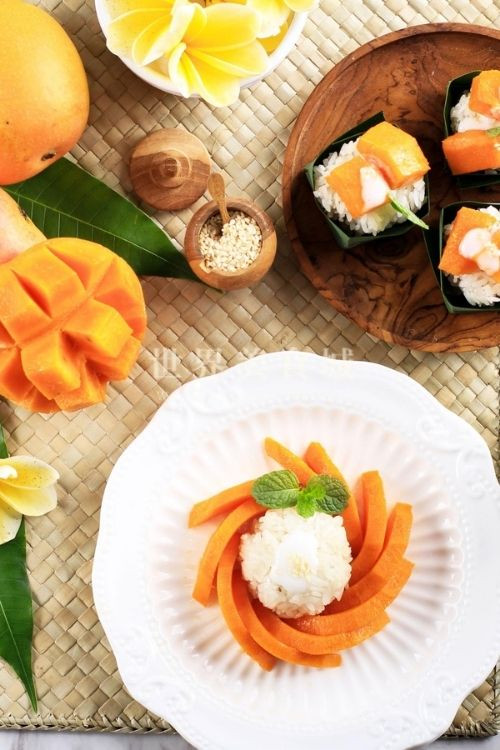
The Internationally Recognized Treat
Documentaries, social media, blogs……Thai cuisine has gained recognition internationally through various means. The most representative of these is CNN's publication of “The World’s 50 Best Foods,” in which Thai cuisine directly takes up three spots. Thai authorities have taken this trend as an opportunity to promote Thai food, allowing Thai culture to receive attention on the international stage. Looking back on the development of Thai cuisine, mango sticky rice, which was once only popular in Mainland Southeast Asia, has now become a beloved star in the region.
Where did you have the best mango sticky rice you ever tasted? Share your experience with everyone!

